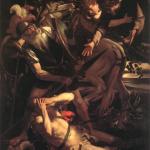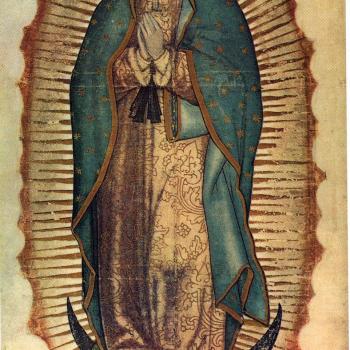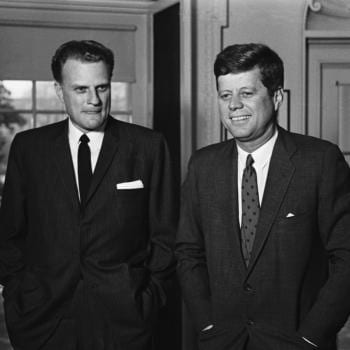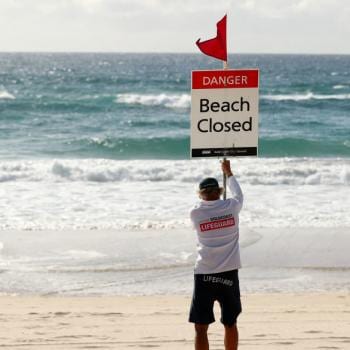Josh Tait (@joshua_a_tait), who studies the history of American conservatism in a Ph.D. program, mentioned an article that appeared in Commentary Magazine almost sixty years ago. It was about the John Birch Society and why these anti-Communists went too far. William F. Buckley’s prohibitions on John Birchers was a defining moment in American conservative history.
The author of this Commentary article, Alan F. Westin, boiled down the problem with the John Birch Society to this:
Unlike American liberals and conservatives—who accept the political system, acknowledge the loyalty of their opponents, and employ the ordinary political techniques—the fundamentalists can be distinguished by five identifying characteristics:
1. They assume that there are always solutions capable of producing international victories and of resolving our social problems; when such solutions are not found, they attribute the failure to conspiracies led by evil men and their dupes.
2. They refuse to believe in the integrity and patriotism of those who lead the dominant social groups—the churches, the unions, the business community, etc.—and declare that the American “Establishment” has become part of the conspiracy.
3. They reject the political system; they lash out at “politicians,” the major parties, and the give-and-take of political compromise as a betrayal of the fundamental Truth and as a circus to divert the people.
4. They reject those programs for dealing with social, economic, and international problems which liberals and conservatives agree upon as minimal foundations. In their place, the fundamentalists propose drastic panaceas requiring major social change.
5, To break the net of conspiracy they advocate “direct action,” sometimes in the form of a new political party, but more often through secret organization, push-button pressure campaigns, and front groups. Occasionally “direct action” will develop into hate-propaganda and calculated violence.
Fundamentalism may not be the best word for this lack of moderation. Technically, the word stands for conservative Protestants in the 1920s who objected to liberal Protestantism in the mainline churches. It also applies to Protestants who identify with those earlier Protestant convictions. But well before the press and scholars began to apply a Protestant word to Muslims and Jews in the 1980s, Westin here appropriates it stand for extremism.
Aside from that point about words, the striking aspect of Westin’s article, read in today’s context, is how much his five points apply to the left and the right today. But the curiosity is that some groups on the left, those who insist that America is fundamentally racist, support unrestricted access to abortion, regard transgenderism as the next phase of human liberty, or regard climate change skeptics as flat earthers, are not regarded as extreme in many sectors of journalism, higher education, and popular culture. In fact, the New York Times’ decision to make slavery the defining characteristic of U.S. history is comparable to the ideological way that John Birchers saw the battle between the free world and Communism. Or consider the reaction you might receive in some quarters if you simply raise the possibility that an unborn child deserves some protection.
It may take being a dissenter to see this. But it remains a mystery that people who can see the extremism of groups like the John Birch Society cannot learn the lesson that we should not be like that in the way we prosecute our activism.












